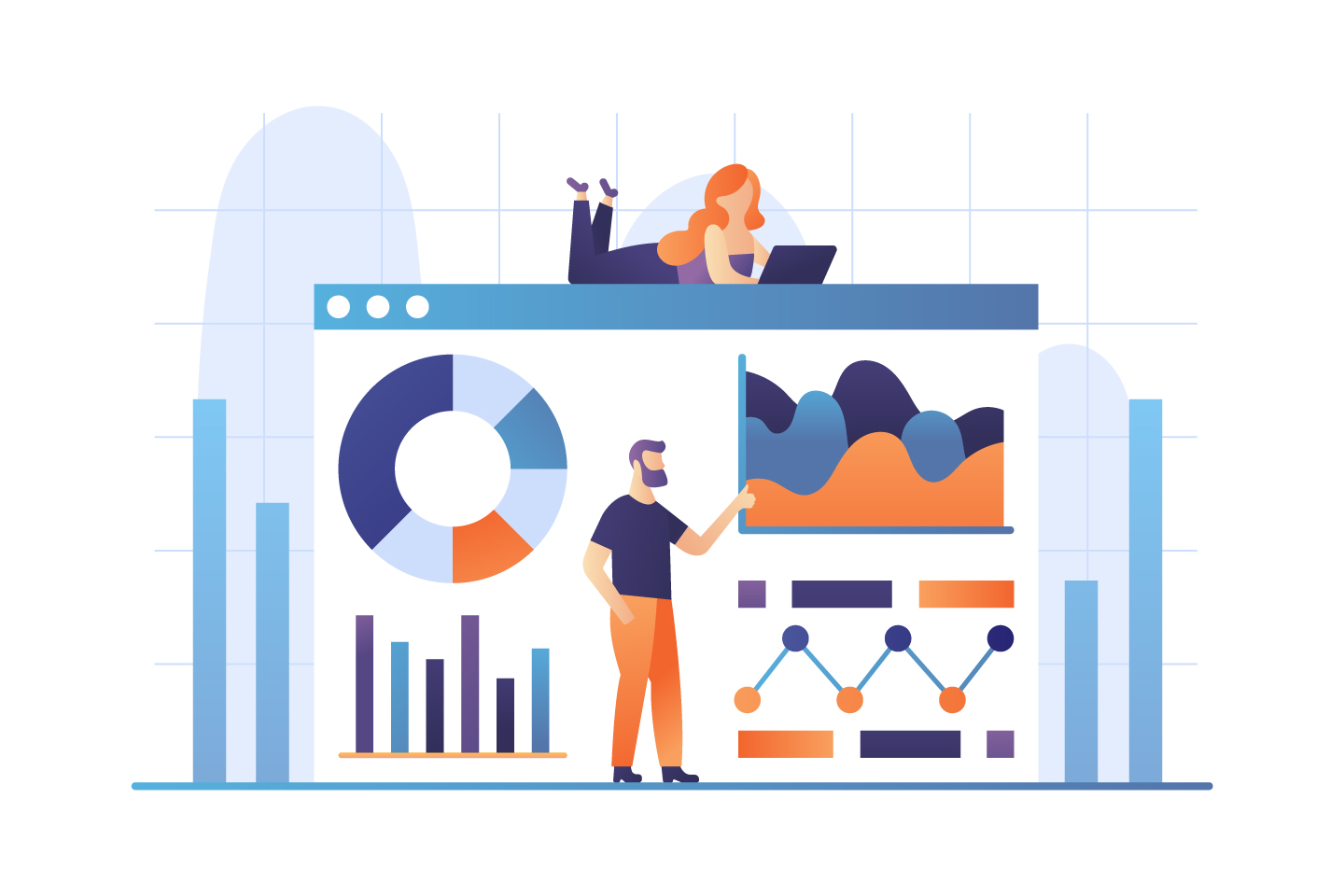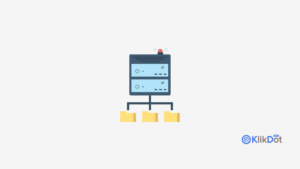Big Data analytics is transforming the way businesses make decisions by leveraging vast amounts of data to uncover hidden patterns, correlations, and insights. This article delves into Big Data analytics, exploring its definition, advantages, disadvantages, and providing a practical guide to effectively harness its potential.
Understanding Big Data Analytics

Big Data analytics involves examining large and varied datasets to uncover valuable information that can help businesses make informed decisions. It encompasses several processes and techniques, including:
- Data Mining: Extracting patterns from large datasets.
- Predictive Analytics: Using statistical models and machine learning techniques to predict future outcomes.
- Descriptive Analytics: Analyzing historical data to understand what happened in the past.
- Prescriptive Analytics: Recommending actions based on data analysis.
- Diagnostic Analytics: Determining why a certain event occurred based on data.
Advantages of Big Data Analytics
- Improved Decision Making: Provides actionable insights that enable businesses to make data-driven decisions.
- Enhanced Customer Experience: Helps understand customer behavior and preferences, leading to personalized marketing and improved customer service.
- Operational Efficiency: Identifies inefficiencies and optimizes processes, reducing costs and increasing productivity.
- Competitive Advantage: Offers insights that can lead to innovative products and services, giving businesses a competitive edge.
- Risk Management: Helps identify potential risks and fraud, enabling proactive measures to mitigate them.
Disadvantages of Big Data Analytics
- Data Privacy Concerns: Handling large volumes of data, especially personal information, raises privacy and security issues.
- High Costs: Implementing Big Data analytics requires significant investment in technology, infrastructure, and skilled personnel.
- Complexity: Managing and analyzing Big Data can be complex and challenging, requiring specialized knowledge and tools.
- Data Quality Issues: Ensuring the accuracy and quality of data is crucial, as poor data quality can lead to incorrect insights.
- Scalability Challenges: As data volumes grow, scaling the analytics infrastructure can become difficult and costly.
Tutorial: Implementing Big Data Analytics
- Define Objectives: Clearly define the business objectives you aim to achieve with Big Data analytics.
- Data Collection: Gather data from various sources, ensuring it is relevant and high-quality.
- Choose the Right Tools: Select appropriate Big Data analytics tools and technologies that fit your needs (e.g., Hadoop, Spark, Tableau).
- Data Storage: Set up a robust data storage solution that can handle large volumes of data efficiently.
- Data Processing: Use data processing techniques (e.g., ETL – Extract, Transform, Load) to prepare data for analysis.
- Data Analysis: Apply analytical techniques to extract insights from the data. Use descriptive, predictive, prescriptive, and diagnostic analytics as needed.
- Visualization: Present the data insights using visualization tools (e.g., dashboards, charts) to make them easily understandable.
- Actionable Insights: Translate insights into actionable strategies and decisions to achieve business goals.
- Monitor and Iterate: Continuously monitor the outcomes of your Big Data analytics efforts and refine your strategies accordingly.
Conclusion
Big Data analytics offers immense potential for businesses to gain deep insights and drive strategic decision-making. While there are challenges such as data privacy concerns and high costs, the benefits of improved decision-making, enhanced customer experience, and operational efficiency make it a valuable investment. By understanding the fundamentals of Big Data analytics and following best practices for implementation, businesses can unlock new opportunities and maintain a competitive edge.
At KlikDot, we are dedicated to providing valuable insights and resources on the latest developments in Big Data. Stay tuned for more in-depth articles and tutorials on how to effectively leverage Big Data analytics to transform your business operations.










Tinggalkan komentar